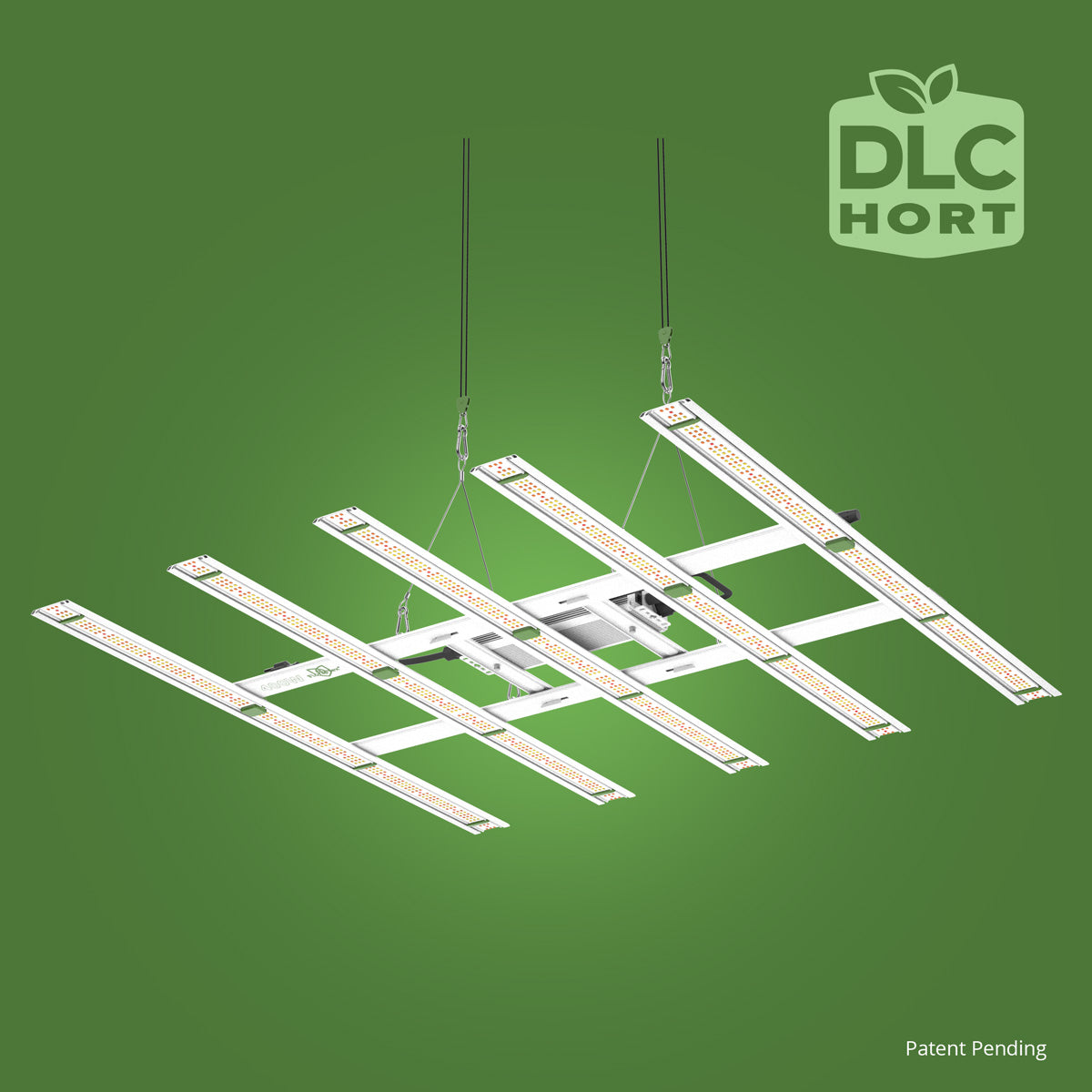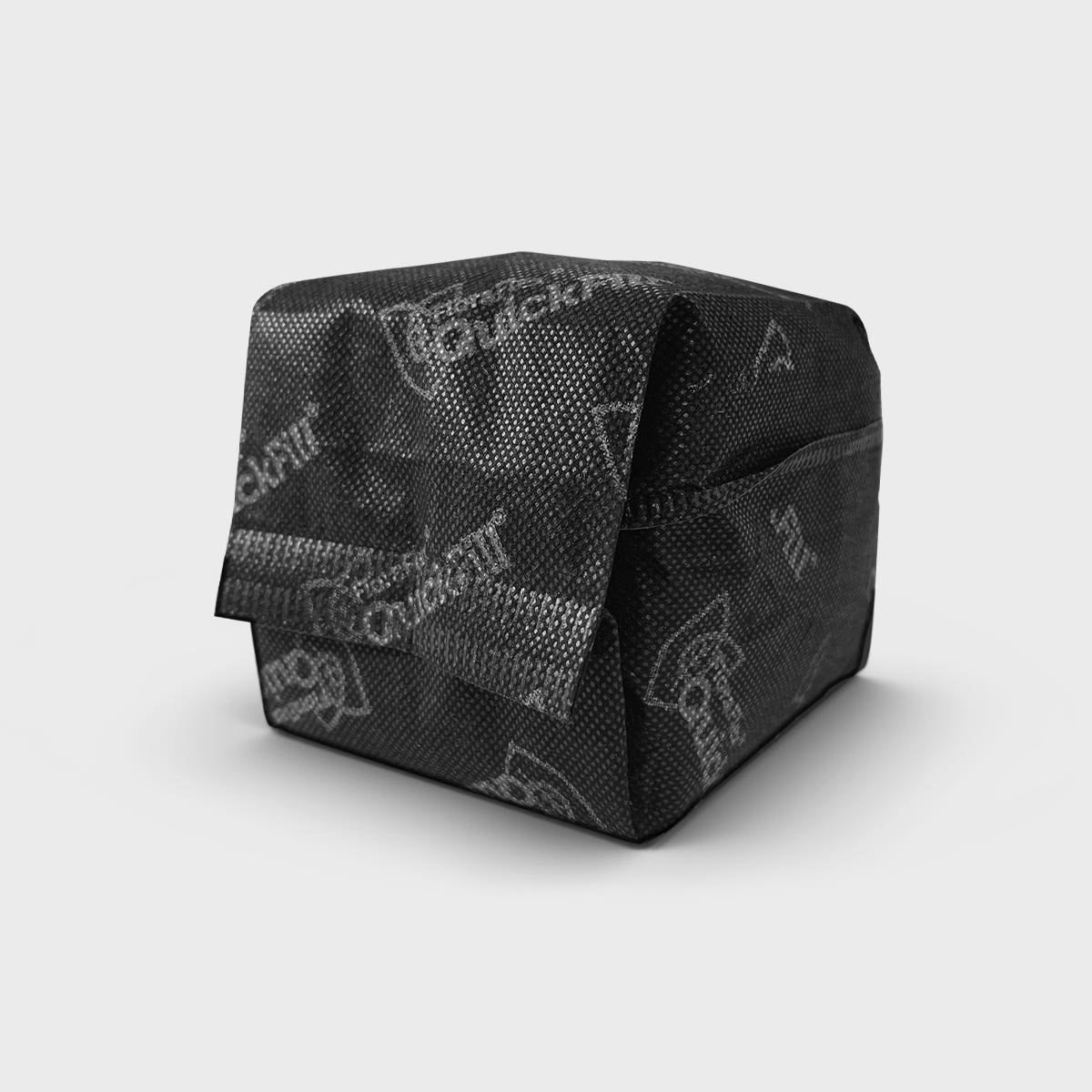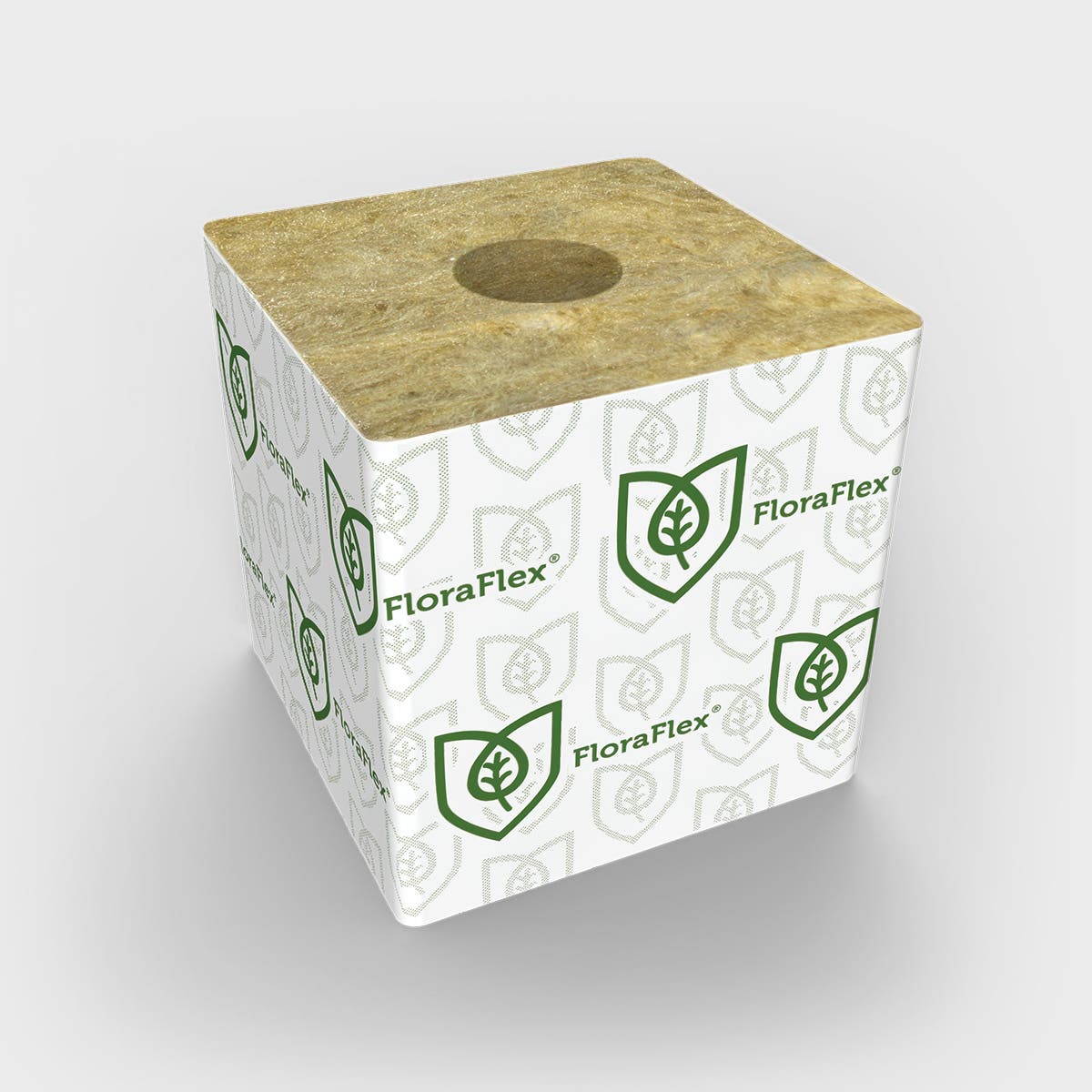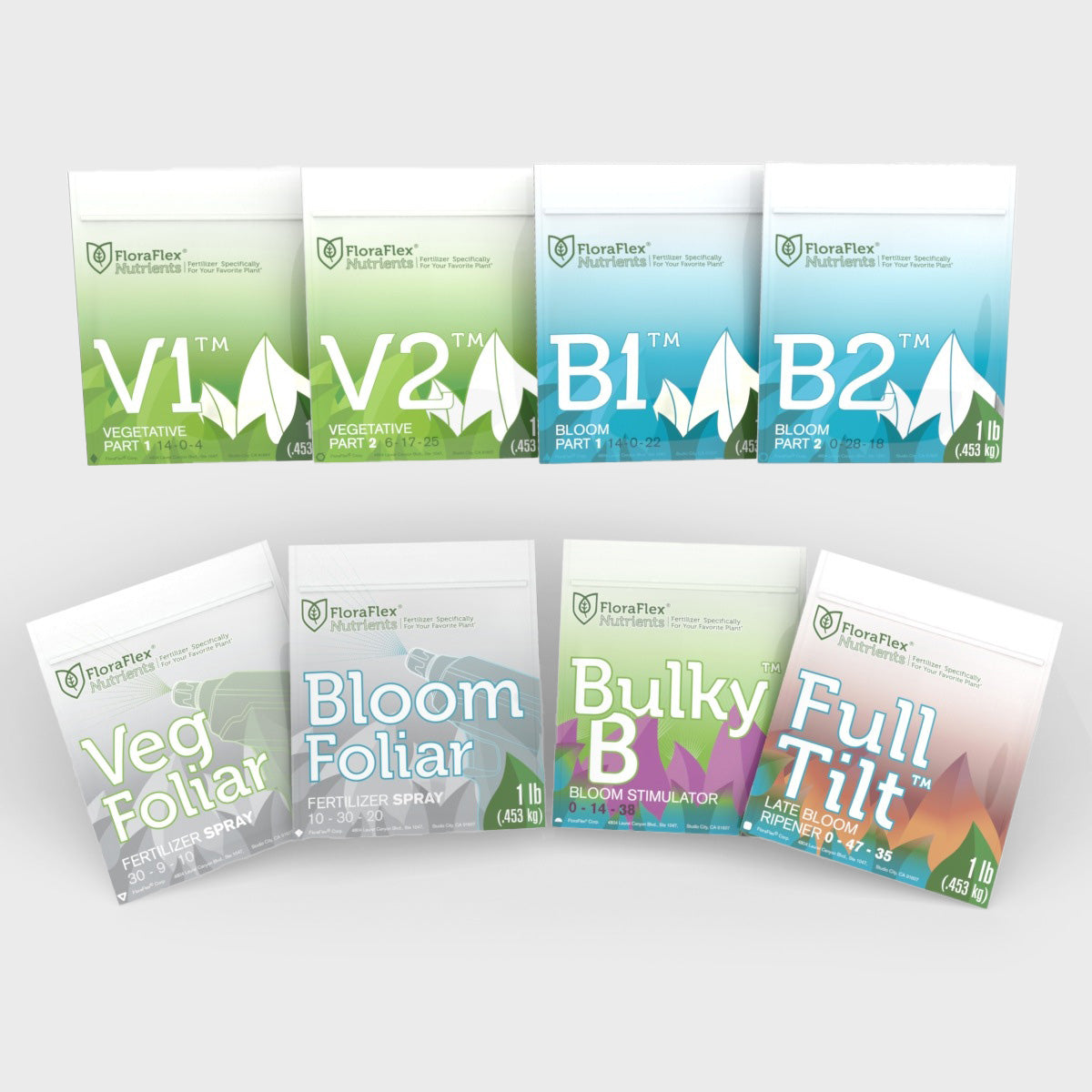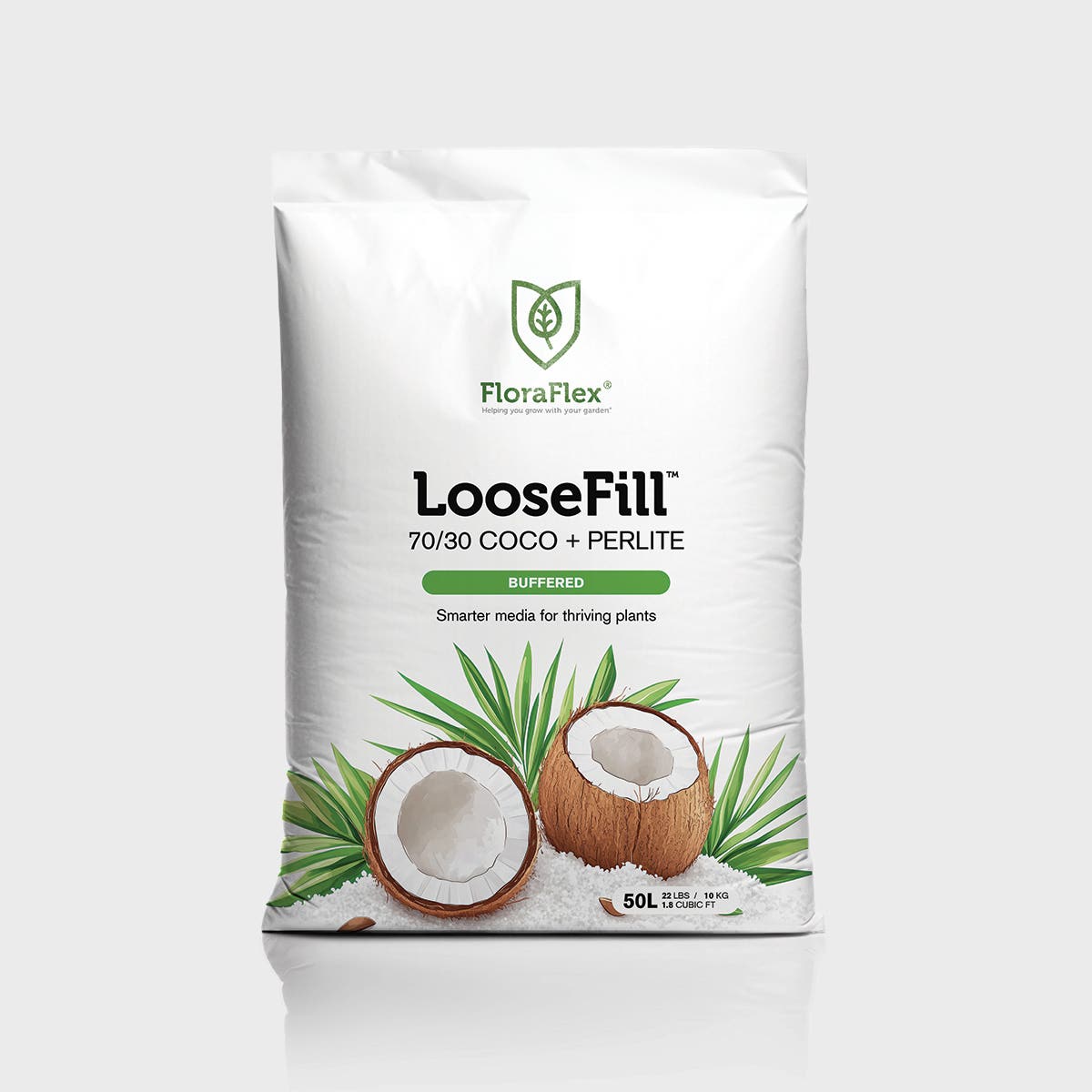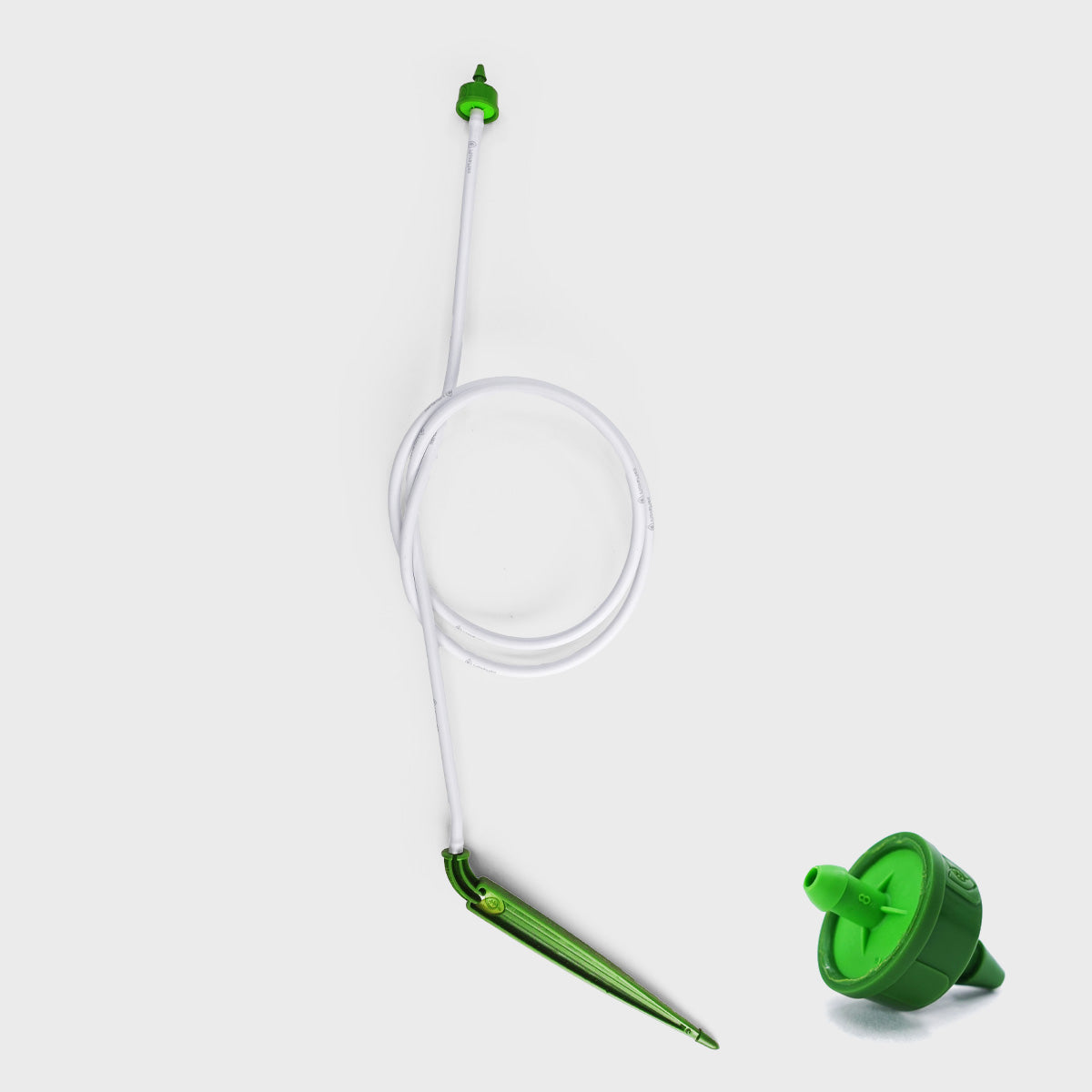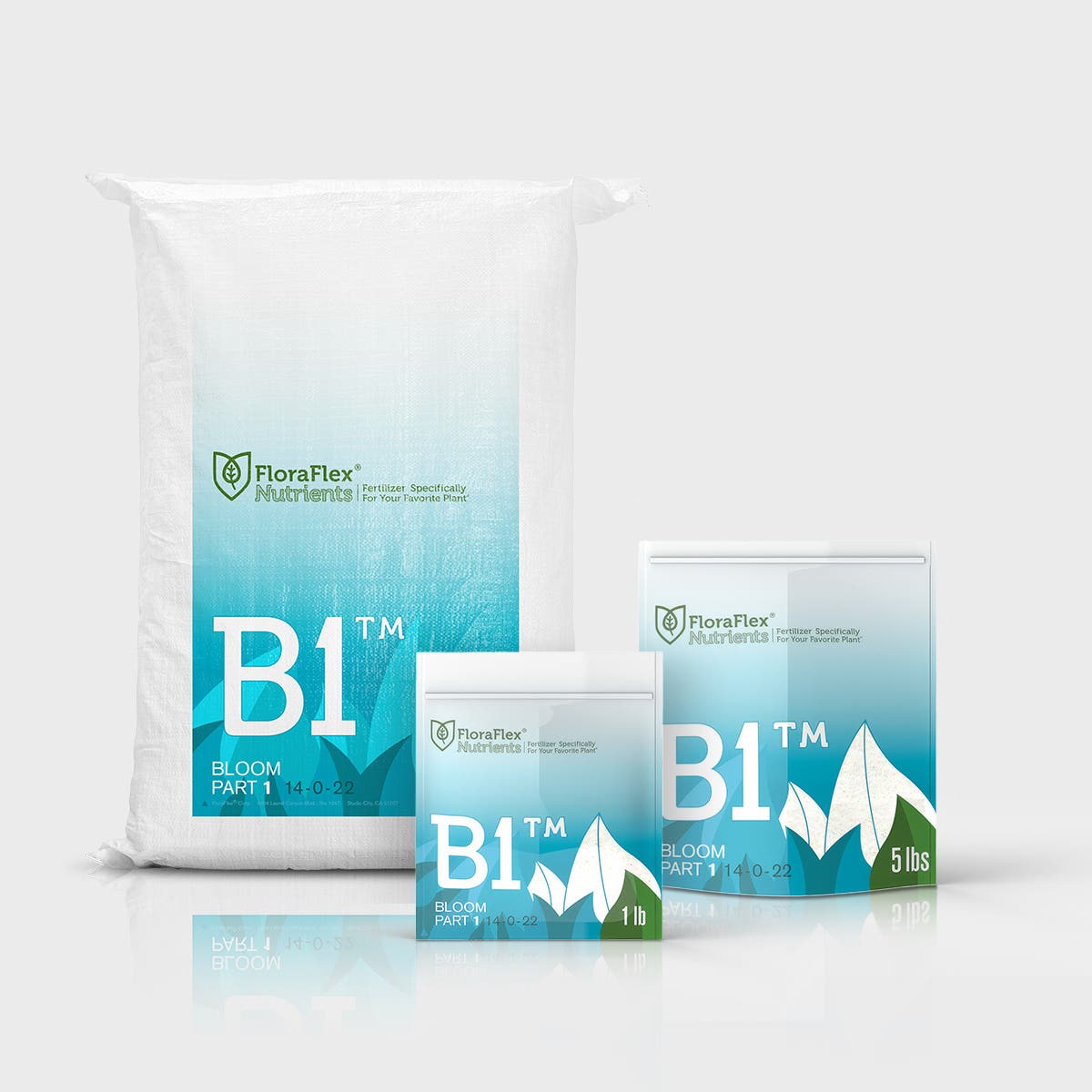1. Cultivation
The cannabis supply chain begins with cultivation, where licensed growers cultivate cannabis plants in controlled environments such as indoor facilities, greenhouses, or outdoor farms. Cultivators are responsible for selecting strains, nurturing the plants, ensuring optimal growing conditions, and implementing cultivation techniques to maximize yields and quality. This stage involves activities such as planting, irrigation, monitoring plant health, pest control, and harvesting.
2. Processing and Manufacturing
Once the cannabis plants are harvested, they undergo processing and manufacturing to transform them into various forms and products. This stage involves activities such as drying, trimming, curing, extraction, and refining processes to obtain different cannabis derivatives, including dried flower, oils, concentrates, edibles, topicals, and more. Processing facilities employ strict quality control measures to ensure product safety, potency, and compliance with regulations.
3. Testing and Quality Assurance
To ensure consumer safety and regulatory compliance, cannabis products undergo rigorous testing and quality assurance processes. Testing laboratories analyze samples for potency, contaminants, pesticides, residual solvents, microbial contaminants, and other factors that could impact product quality and safety. This stage helps ensure that cannabis products meet industry standards and legal requirements before they reach the market.
4. Packaging and Labeling
Proper packaging and labeling are essential components of the cannabis supply chain. Packaging must adhere to specific regulations, including child-resistant features, tamper-evident seals, and appropriate labeling with accurate information about product contents, potency, dosage guidelines, and warning labels. Effective packaging and labeling not only protect the product but also provide consumers with essential information to make informed decisions.
5. Distribution and Logistics
Once the cannabis products are packaged and labeled, they are ready for distribution to licensed retailers or dispensaries. Distribution companies play a crucial role in coordinating the transportation and logistics of cannabis products, ensuring compliance with regulations and secure delivery. They handle aspects such as inventory management, order fulfillment, storage, transportation, and tracking to facilitate the movement of products from manufacturers to retailers efficiently and safely.
6. Retail
The retail stage of the cannabis supply chain involves licensed dispensaries or retail stores where consumers can purchase cannabis products. Retailers play a crucial role in educating customers, guiding their purchasing decisions, and ensuring compliance with age restrictions and product limits. They create a safe and welcoming environment for consumers to explore and purchase a wide range of cannabis products.
7. Compliance and Regulatory Oversight
Throughout the cannabis supply chain, compliance with regulations and adherence to strict licensing requirements are paramount. Regulatory bodies and government agencies oversee the industry, enforcing standards for cultivation, processing, testing, packaging, labeling, distribution, and retail operations. Compliance ensures consumer safety, product quality, and the integrity of the cannabis supply chain.
The cannabis supply chain is a complex network of activities and stakeholders, each playing a crucial role in bringing cannabis products from cultivation to distribution. From cultivators and processors to testing laboratories, distributors, and retailers, each stage requires careful attention to detail, compliance with regulations, and a commitment to product quality and safety. By understanding the intricacies of the supply chain, industry participants can work collaboratively to ensure a robust and reliable flow of cannabis products to meet the needs of consumers in a rapidly evolving market.

